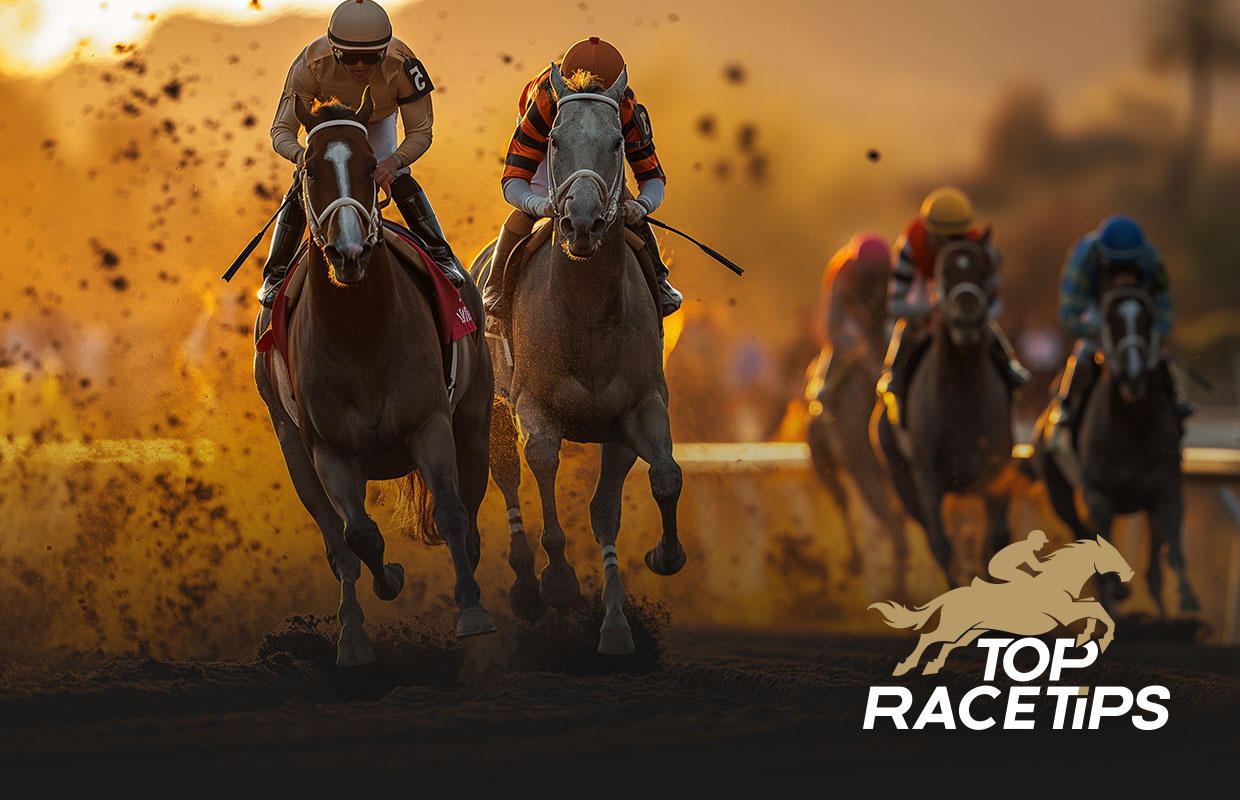
Horse racing speed figures are numbers that show how fast each horse ran in a race. They make it easy to compare performances. An expert says that speed figures help measure how well a horse performed. Essentially, a speed figure takes a horse's race time and turns it into a number. Faster times get higher numbers, so you can quickly see which horse was the fastest. Over the last 45 years, this has been a major improvement for bettors trying to pick winners. Before speed figures, bettors had to look at raw times and track records.
For instance, famous handicapper Andy Beyer showed that times like 1:12 for six furlongs, 1:25 for seven furlongs, and 1:38 for a mile all got a speed figure of 94 in his system. This means those different times were seen as equally fast, making it easy to compare horses running different distances. Generally, a higher speed figure means a better performance. Most horseplayers begin by looking at speed figures when analysing a race, but they are just one tool in betting. In this beginner’s guide, we’ll explain why speed figures are important, how to read them, the different types (like Beyer, TimeformUS, Equibase, Brisnet, Ragozin, and Thoro-Graph), and how to use them effectively.
Speed figures are important because they show how well a horse has been performing recently. Higher numbers usually mean the horse is getting better, while lower numbers might indicate tiredness or tough competition. For instance, if a horse's numbers go from 85 to 88 to 92, it suggests improvement. These figures help you see if a horse is getting stronger or weaker, especially with younger horses that often improve over time.
Another benefit of speed figures is that they account for different track conditions. Whether the track is fast, muddy, or slow, raw times can be misleading. Speed figure creators calculate a “track variant” to give a fair score that shows a horse’s true effort, no matter the track conditions that day.
Finally, speed figures save time. Instead of looking at raw times and margins, handicappers can rely on one number for each race to compare. They have become standard in top racing resources like Equibase and Brisnet. Bettors often begin by checking speed figures to quickly find slow horses and identify strong contenders. These numbers simplify complex data into clear insights, making them a trusted tool in betting.
There are several popular speed figure systems, each using its method, but most are based on similar ideas. Here are the main ones:
Beyer Speed Figures were created by Andy Beyer, a well-known handicapper. They have been featured in the Daily Racing Form since the 1970s and became famous after Beyer published his book “Picking Winners” in 1975. In this system, higher numbers indicate better performance. For example, a time of 1:12 for six furlongs, 1:25 for seven furlongs, and 1:38 for a mile all score a 94, meaning they are equally fast. A Beyer score of 104 is better than a score of 94. Beyer also created “par” values for different race classes like maiden, allowance, and stakes. If a race winner surpasses the par value, it means the performance was above average, and the figure is adjusted. You can find Beyer Speed Figures in the Daily Racing Form and at many track windows. Because these figures have been around for so long, many bettors trust them as a reliable standard.
TimeformUS speed figures were created by Craig Milkowski and his team. You can find these figures on the DRF and the TimeformUS website. The figures use a higher-is-better scale, meaning faster horses get higher numbers. TimeformUS also offers extra tools, like a “Pace Projector” and colour-coded times, to show how fast horses run early in the race. Many bettors prefer TimeformUS because it gives more race details.
Equibase is the official racing Statistics Company in North America. They publish Equibase Speed Ratings (ESR) in their past performances, and these ratings are generated by computers. Like TimeformUS, Equibase uses higher numbers for better performances. They also provide pace, race, and class ratings for context. You can find Equibase figures in track programs or on their website. These ratings help you compare horses and understand how challenging a race was based on class and pace ratings.
Brisnet is a well-known provider of past performance data and has its speed figure system. Like Equibase, Brisnet calculates its speed figures using a computer. Their past performance sheets display “Bris Speed Figures” along with other stats. Brisnet printouts often include additional information, like “prime power” and average class ratings. If you use Brisnet’s past performances, you will see each horse’s Bris Speed Figure, where a higher number means better performance. Many bettors have used these figures alongside Beyers for decades.
There are some specialized speed figure systems that some handicappers still use. One of them is the Ragozin Sheets, created by Len Ragozin before Beyer. This system adjusts for factors like wind, weight, and how much ground horses lose on turns. Unlike Beyer or Equibase, Ragozin figures work differently: a lower number is better. For example, a Ragozin score of 0 can win the Kentucky Derby, while a score of 20 means the horse should run in claiming races. So, a Ragozin score of 0 is excellent, and higher numbers indicate slower horses.
Another system is Thoro-Graph, developed by Jerry Brown, who worked with Ragozin. Thoro-Graph also uses a lower-is-better scale, and its numbers are usually a few points lower than Ragozin's for the same horse. These systems are different and appeal to serious handicappers who like to compare various sources. Just remember: in Ragozin and Thoro-Graph, lower numbers mean faster horses, unlike Beyer, Equibase, or Bris scales.
Each system uses slightly different formulas, which can lead to small differences in numbers. A racing writer points out that speed figures can vary from one company to another, and some are more accurate than others. Generally, if a horse performs well, most systems will give it a high score, even if the exact number varies. If you're just starting, it's best to choose one type of figure (like Beyers) and get used to it before trying to compare different systems.
Speed figures are straightforward. In systems like Beyer, Equibase, or Brisnet, higher numbers mean better performance. If Horse A has a score of 100 and Horse B has 92, Horse A performed better. Some systems, like Ragozin and Thoro-Graph, work differently; lower scores are better. Always check the scale used. Comparing recent figures from the same race can help you see which horse is in better shape.
Instead of just one number, look at recent patterns. If a horse’s scores go up, like 80 → 85 → 90, it shows improvement. A sudden drop might indicate problems. Unusually high or low scores could be flukes, so consider the context. Younger horses often improve steadily, while older ones may level off or decline. Use these trends to guess which horse might perform best today.
Check each horse’s latest figure to find the top performers. A horse with a score of 102 stands out if others are in the 90s. But remember to consider the conditions when those scores were achieved. Speed figures can help you eliminate weaker horses; those with much lower numbers usually aren’t worth betting on. This helps you focus on the strongest competitors quickly.
Speed figures are useful, but they aren’t enough by themselves. You also need to think about pace, jockey, surface, class level, and race conditions. For example, a good figure might come from an easy race that won’t happen again. Pair class ratings and pace data with speed figures for a full picture. Tools like BetTurtle even colour-code figures; green for strong and red for weak, to help you make smarter bets.
Speed figures and final times are different. Final time is how long a horse takes to finish a race, like 1:12 for six furlongs. However, you can’t compare final times from different races easily because track conditions, weather, and distance all affect the time. This is where speed figures come in; they adjust for these factors to give a clearer picture. A horse that runs slower on a muddy track might be performing better than another horse with a faster time on a dry surface.
Speed figures “normalize” performance by considering track speed and race class. For instance, Andy Beyer’s system gives the same figure, like 94, for races at different distances such as 6f, 7f, or 1 mile. These adjustments make it fairer and easier to compare horses. Final times are just raw numbers, while speed figures are processed data that allow for accurate comparisons. That’s why many handicappers prefer speed figures over final times.
In horse racing, tougher competition usually means higher speed figures. For example, a Grade 1 stakes race often has faster times than a low-level claiming race. Beyer recognized this by creating different "par" figures for each class of race. He expected a Grade 1 winner to have a par around 100, while a maiden claim might have a par of 84. If a horse beats the par significantly, it shows great performance. This means you should adjust your expectations based on the class. An 85 figure in a claiming race may be impressive, but the same figure in a graded stakes race would not be as strong.
However, speed figures show how well a horse can compete at higher levels. If a horse usually gets high 80s but faces horses that run 100s, it may struggle. On the other hand, a 100 figure in a low-level race could mean the horse needs to compete at a higher level.
To help understand these differences, some charts provide class ratings or par figures. For instance, Equibase gives a “Class rating” for each race that indicates its difficulty. If the rating is 90 and a horse ran an 85 figure, that horse performed below expectations for that class. Beyer’s par tables work similarly: a par of 84 indicates what is expected for that type of race. If the winner runs an 86, he adjusts it to an 88 for that horse due to track conditions.
In short, always consider the class when looking at speed figures. A high figure is more significant if it was achieved in a tough race. If a horse moves up or down in class, compare its figures. An 88 figure might easily win an allowance race but may not place in the top three in a stakes race. By paying attention to class ratings and Beyer’s pars, you can better judge if a figure is good or just average for that level, making your betting decisions more accurate.
Some tips for bettors are:
Even experienced bettors can misuse speed figures. Here are some common mistakes beginners should avoid:
Understanding horse racing speed figures is a great way for beginners to improve their betting skills. These figures make complicated race data easier to understand and show how a horse has performed recently. Pick one system, like Beyer, TimeformUS, Equibase, or Brisnet, and get to know it well. Use it along with other details like class, pace, and track surface. Speed figures can help you find the best horses, spot good betting opportunities, and avoid common mistakes. With practice, reading and using speed figures will become easy and will help you make better, more profitable bets.
Horse racing speed figures are numbers that show how fast a horse ran in a race, taking into account the track conditions, distance, and difficulty of the race. Higher numbers usually mean better performance, especially in systems like Beyer, Equibase, and Brisnet. These figures make it easier for bettors to compare horses than just using their raw times.
The Beyer Speed Figure system is known for being accurate and easy for beginners, especially in the U.S. Other systems like TimeformUS, Equibase Speed Ratings, and Brisnet Speed Figures have their strengths too. How accurate a system is often depends on how well a bettor understands and uses it.
No, it's a mistake to rely only on speed figures. While they give a quick view of past performance, successful betting also requires looking at other factors like class levels, pace, track conditions, and jockey/trainer stats. Use speed figures as an important tool, but not the only one.
Beyer Speed Figures come from the Daily Racing Form and are manually adjusted based on race class and track speed. Equibase Speed Ratings are generated by computers and also consider pace and class. Both use a "higher is better" scale, but they are calculated differently and shouldn’t be directly compared.
To find good betting value, look for horses whose speed figures are improving (like 85 → 88 → 92) or those moving down in class. Avoid favourites with inflated figures due to weak competition. Combining speed figures with class analysis and recent performance can help you find overlooked horses with better odds.
Te





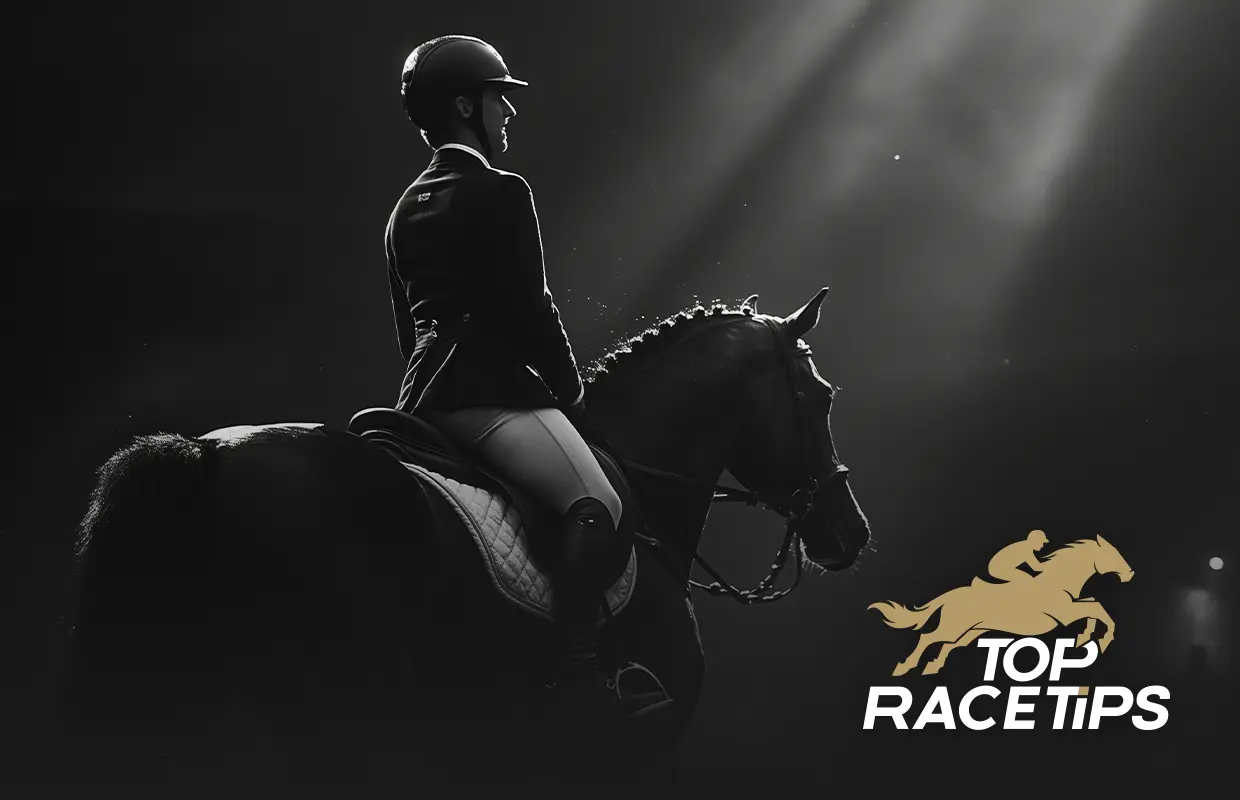
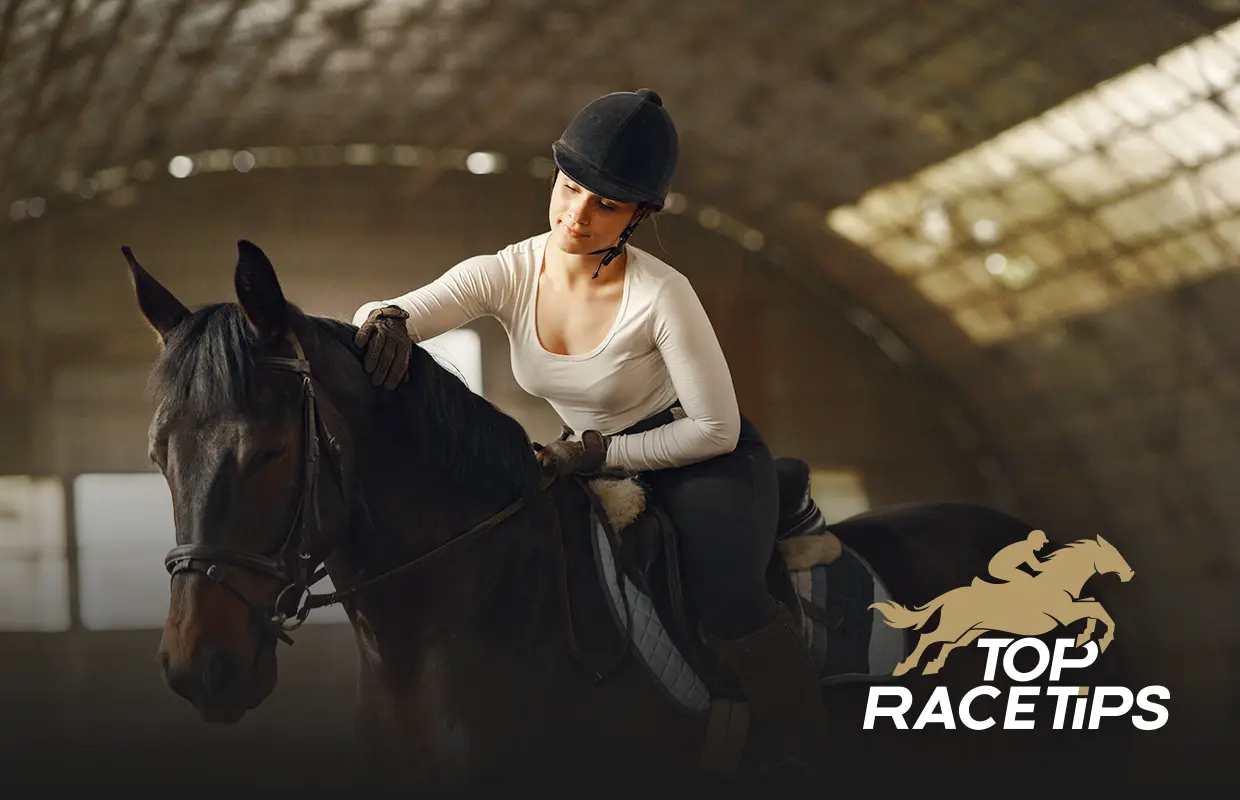
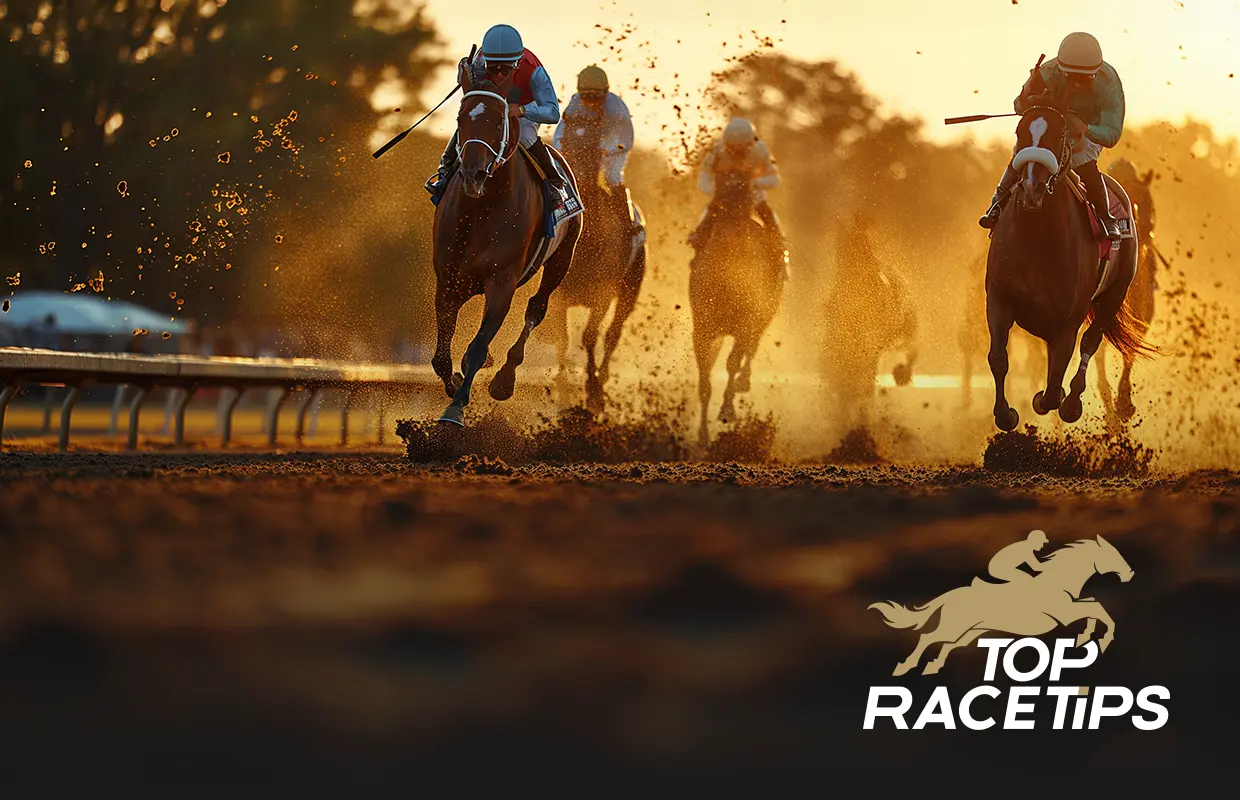
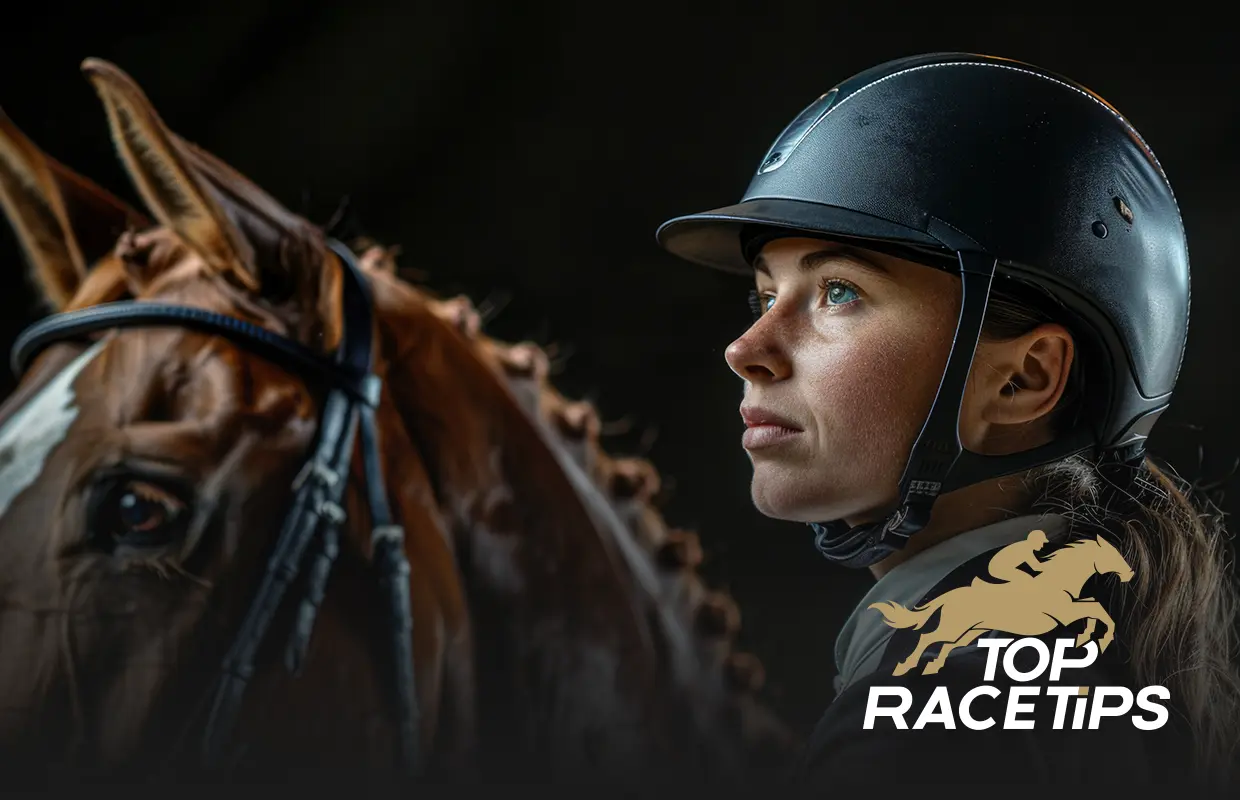
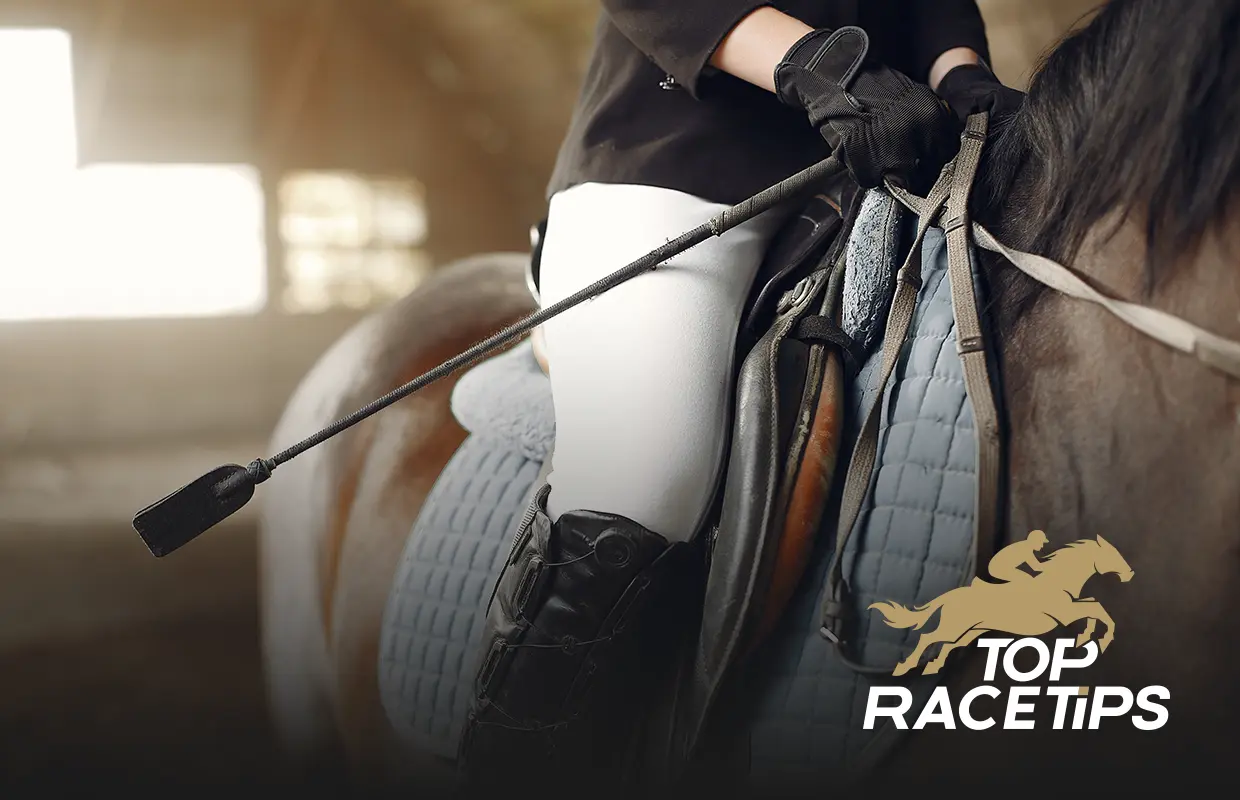
You must be logged in to post a comment.
Ride with The Best